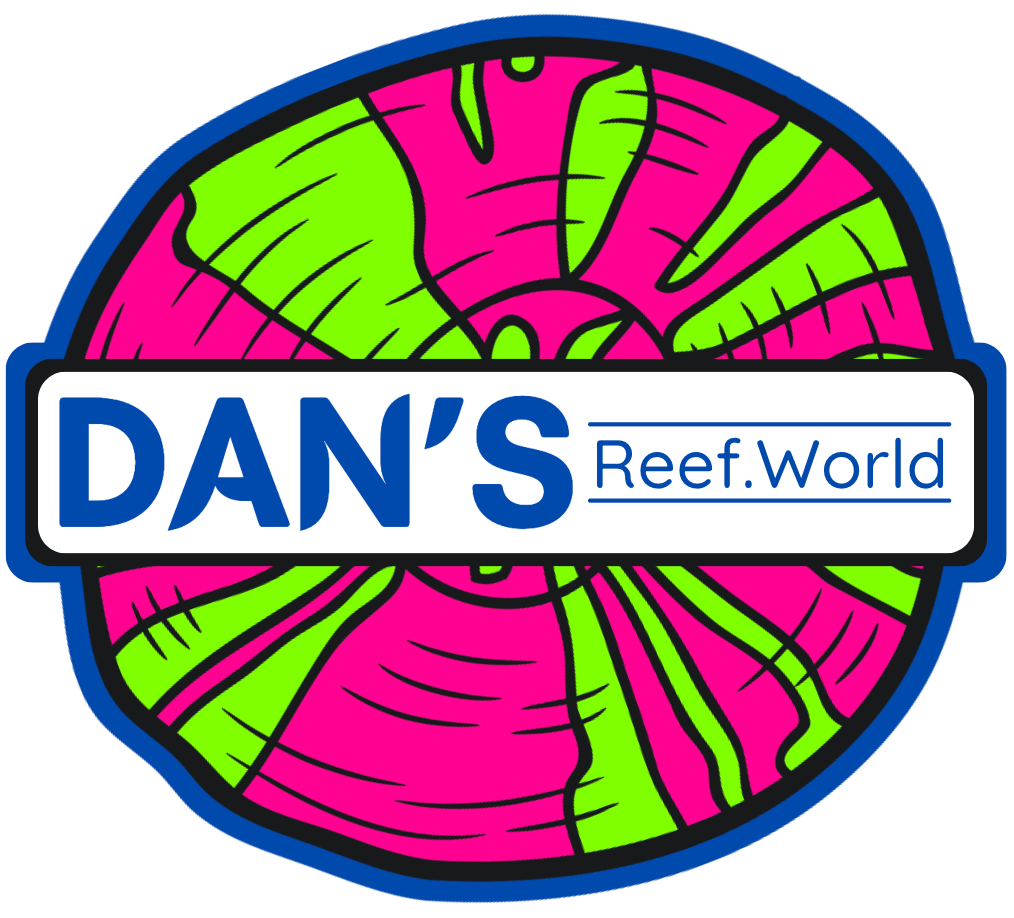Intro - Family Rhizangiidae
Coral reefs are some of the most diverse and dynamic ecosystems on the planet, hosting a myriad of marine species and playing critical roles in ocean health. Among the fascinating families of corals that contribute to these vibrant ecosystems, the Rhizangiidae family stands out for its unique characteristics and ecological importance. In this blog post, we’ll delve into the features of Rhizangiidae corals, their role in reef ecosystems, and the conservation challenges they face.
-
One of the defining features of Rhizangiidae corals is their ability to form large, solid colonies that can withstand strong currents and wave action. Many species within this family possess a robust skeleton made of calcium carbonate, which provides essential support for the reef ecosystem.
-
Rhizangiidae corals often have small polyps that can retract into the skeleton, offering protection from predators and environmental stressors. Their coloration varies widely, influenced by the presence of symbiotic zooxanthellae, which live within their tissues. These algae perform photosynthesis, providing essential nutrients while contributing to the coral’s vibrant hues.
-
Rhizangiidae corals play a vital role in maintaining the health and stability of coral reef ecosystems. As significant contributors to reef structure, they provide essential habitats for a wide variety of marine organisms, including fish, crustaceans, and invertebrates. Their solid formations create shelter and breeding grounds, promoting biodiversity within the reef.
-
Additionally, Rhizangiidae corals contribute to sediment stabilization, helping to reduce coastal erosion. By binding sediments together, they foster a healthier environment for other marine species and enhance the overall resilience of the reef ecosystem.
-
Despite their ecological significance, Rhizangiidae corals face numerous threats. Climate change is a major concern, as rising sea temperatures can lead to coral bleaching—a phenomenon in which corals expel their symbiotic algae, causing them to lose color and vital nutrients. Prolonged bleaching can severely weaken these corals, increasing their vulnerability to disease and mortality.
Ocean acidification, caused by increased carbon dioxide levels, further threatens the health of Rhizangiidae corals by impairing their ability to produce calcium carbonate structures. Pollution from coastal development, agricultural runoff, and plastic waste disrupts the delicate balance of reef ecosystems, jeopardizing the health of these corals.
-
Addressing the challenges facing Rhizangiidae corals requires comprehensive conservation strategies. Establishing marine protected areas (MPAs) is essential for safeguarding these corals and their habitats from human impact. Restoration initiatives, such as coral gardening and transplantation, are being implemented to help revive damaged reefs and support the growth of healthy coral populations.
Public awareness and education are crucial in fostering a culture of conservation. By informing communities about the importance of coral reefs and the threats they face, we can encourage sustainable practices and responsible coastal development. Supporting marine conservation organizations and advocating for policies that protect marine ecosystems can also make a significant difference in the preservation of Rhizangiidae corals.
-
The Rhizangiidae family of corals is a remarkable and vital component of coral reef ecosystems. Their unique structures, ecological roles, and contributions to biodiversity highlight the importance of conserving these essential organisms. As we confront the growing challenges posed by climate change and human activities, prioritizing the protection of Rhizangiidae corals and the habitats they support is crucial. Together, we can ensure that these extraordinary corals continue to thrive, enriching our oceans and sustaining the diverse marine life that relies on them for generations to come.




